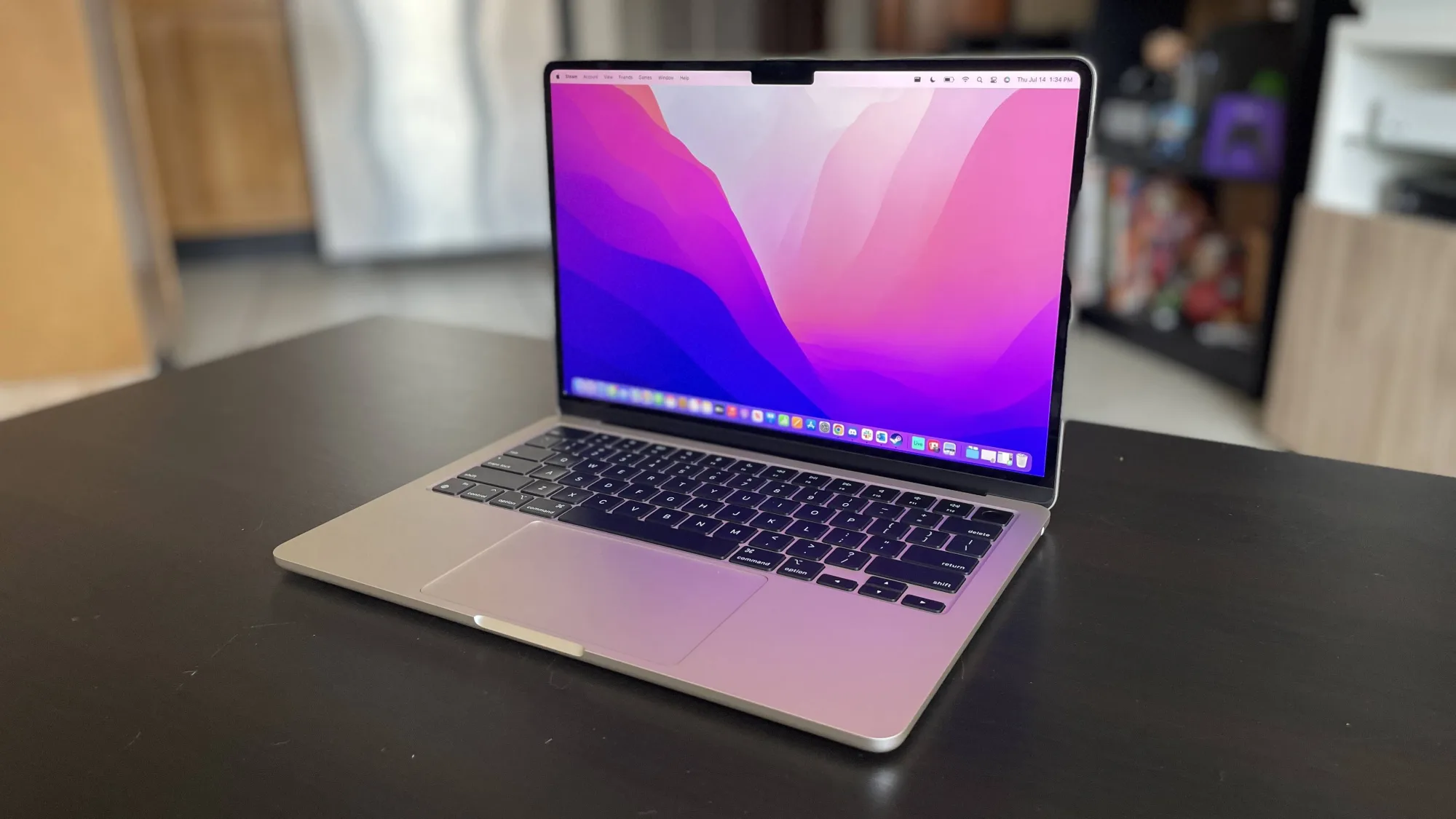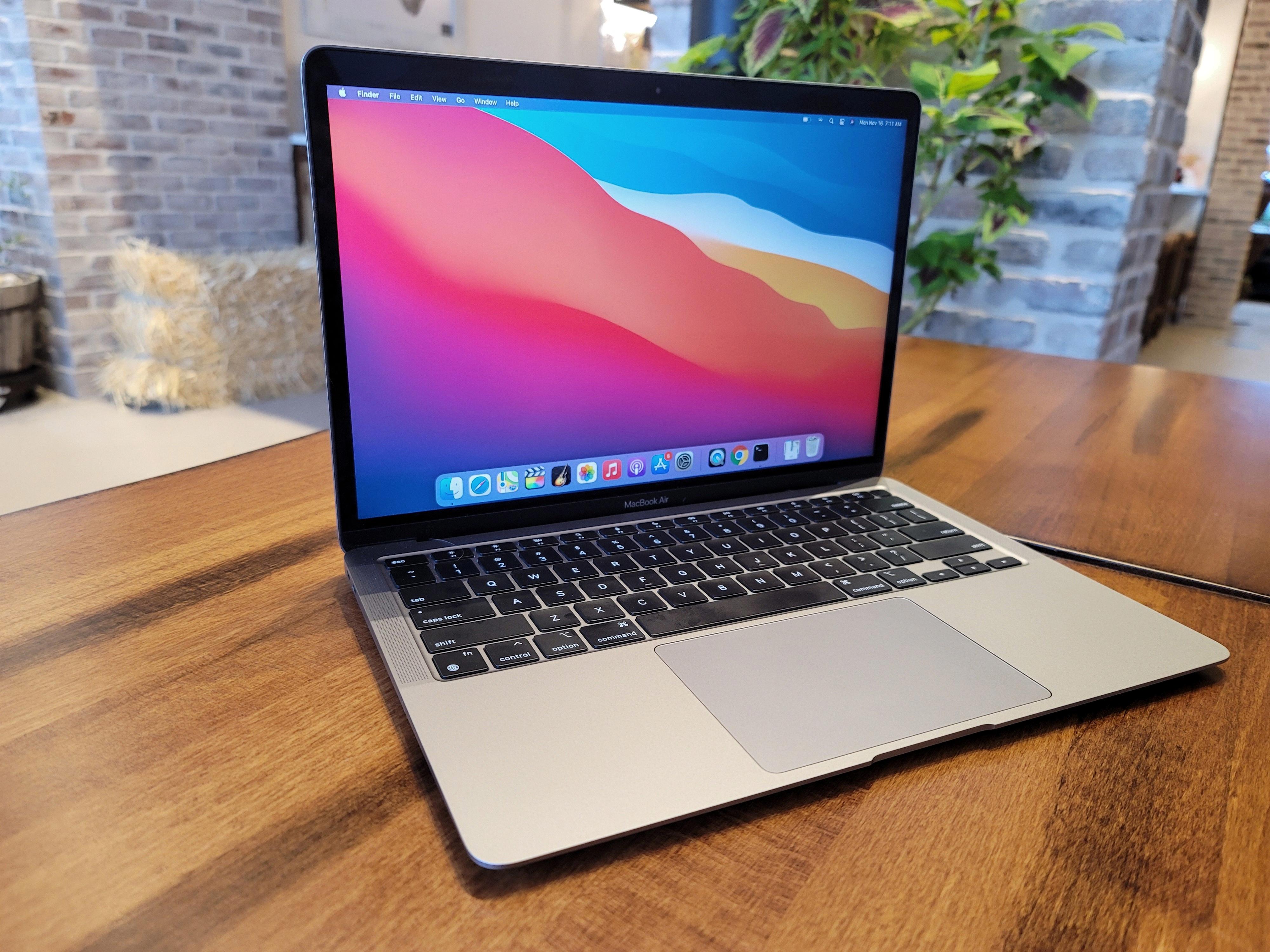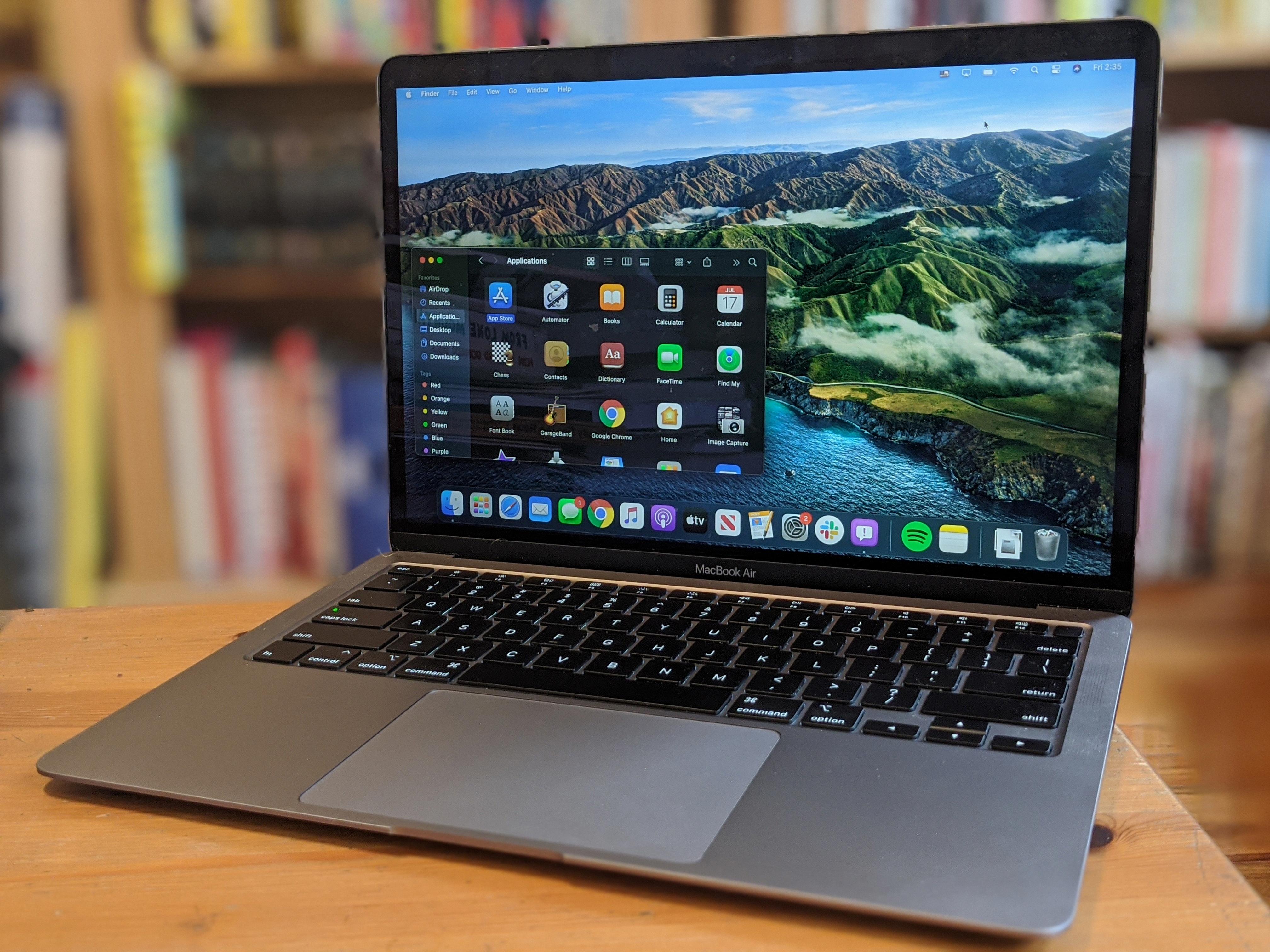The Mac is one of the most popular personal computers around and for good reason. It’s easy to use, reliable, and powerful eough to meet most users needs. That said, it can take some time to learn how to customize your Mac. One of the easiest ways to personalize your Mac is by changing the screensaver.
Changing a screensaver on a Mac is actualy quite simple. First, open System Preferences from the Apple menu in the upper left corner of your screen. Once opened, select Desktop & Screen Saver from the System Preferences window. This will open up a new window with a variety of options for customizing your Mac’s appearance.
At the top of this window you’ll see a preview of your current screensaver along with an option to choose either Apple’s default screensavers or those that have been downloaded from other sources. To choose an Apple screensaver, simply click on one of them and it will become your new screensaver. If you wish to add an extra bit of flair to your Mac, you can also download third party screensavers from various websites such as Dreamscene or CNET.
Once you have chosen a new screensaver, you can further customize its behavior by selecting the Options button at the bottom right corner of this window. Here you can configure when it starts; whether aftr a certain period of time or when waking up from sleep mode; and how long it takes before transitioning back to your desktop view. You can also set how much motion appears in the animation and which monitor(s) it displays on if you are using multiple displays with your Mac setup.
Once all these settings are configured, simply click on OK at the bottom right corner and apply any changes that have been made by clicking on Apply in the bottom right corner as well. And that’s all thee is to it! Your new screensaver should now be active and livening up your Mac display!

How to Make a Picture Your Screensaver on a Mac
To make a picture your screensaver on a Mac, first open the System Preferences by selecting the Apple menu ? > System Preferences from the top left of your screen. Then click on Desktop & Screensaver. On the Desktop pane, select a folder of images from the left, then click on an image to make it your desktop picture. Next, switch to the Screen Saver tab and select a source for your screen saver. You can choose any folder of images or choose one of Apple’s built-in collections. Select an image from the list to set it as your screensaver and adjust any other settings you wish to customize. Finally, press the “Start after” option at the bottom of this window and set how long you would like your mac to wait befoe starting the screensaver.
Changing the Picture on a Mac Login
To change the picture on your Mac login, firt open System Preferences by clicking the Apple menu and selecting ‘System Preferences’. Next, click the ‘Users & Groups’ icon and select the user account you’d like to edit from the left panel. On the right side of the window, you’ll see the current user’s picture; click on it to open a selection window. Here, you can choose an image from your library, or use one of the built-in pictures provided by macOS. Once you’ve selected an image, you can adjust its look as desired before clicking ‘Save’. Your new login picture will now be displayed when you log into your Mac.
Saving a Picture as a Screensaver
To save a picture as a screensaver, firt save the image to your Pictures directory. Then, access the Screen Saver section in Windows by going to the Windows icon on the lower left of your workspace and selecting: Settings > Control Panel. In the Personalization section, select the Screen Saver option. From here you can choose an existing image or upload one that you have already saved. To upload an existing image, click “Browse” and select the file from your Pictures folder. Once you have chosen the desired image, click “OK” to save your changes. Your new screensaver should now be set!
Removing Pictures from a Screen Saver
To remove pictures from your screen saver, follow these steps:
1. Click on Start.
2. Right-click on an empty space of the desktop and select Personalize.
3. Click on Desktop Backgrounds.
4. Right-click on the image you want to delete and write down the location of the image file.
5. Navigate to the image file in File Explorer, right-click it and select Delete.
6. Once the picture is deleted, you can open the screen saver settings and remove it from the list of images used for your screen saver.
Deleting a Screensaver on a Mac
To delete a screensaver on a Mac, open the System Preferences window by clicking on the Apple icon at the top left of the screen. Select ‘Desktop & Screen Saver’, then click on the ‘Screen Saver’ tab. Locate the name of the screensaver you wish to delete, and right-click on it and select ‘Move to Trash’. This will delete the screensaver from your Mac.
Removing a Picture from a Mac Desktop
To remove a picture from your Mac Desktop, frst locate the picture you wish to delete. You can do this by opening the ‘Finder’ app, clicking on ‘Desktop’ in the left sidebar, and scrolling until you find the image. Once you have located the image, select it by clicking once on it. You can also hold down the ‘Command (?)’ key and click on multiple images if you wish to delete more than one at a time. Then right-click on the image(s) and select ‘Move to Trash’ from the drop-down menu. The image(s) will be moved into your Trash folder where they can be permanently deleted or restored if needed.
Conclusion
The Mac is an iconic computer platform from Apple that has been around since 1984. It has consistently evolved over the years, adapting to new technologies and user needs. With its intuitive and powerful operating system, the Mac is an excellent choice for anyone looking for an easy-to-use and reliable computer. Its extensive library of applications and accessories make it a great tool for a variety of tasks, from creative design to everyday tasks such as checking email and surfing the web. The Mac also offers a wide range of customization options to suit different users’ needs, making it a versatile machine that can be used by eeryone from students to professionals. With its long history of reliability and innovation, the Mac is sure to be around for many years to come.








